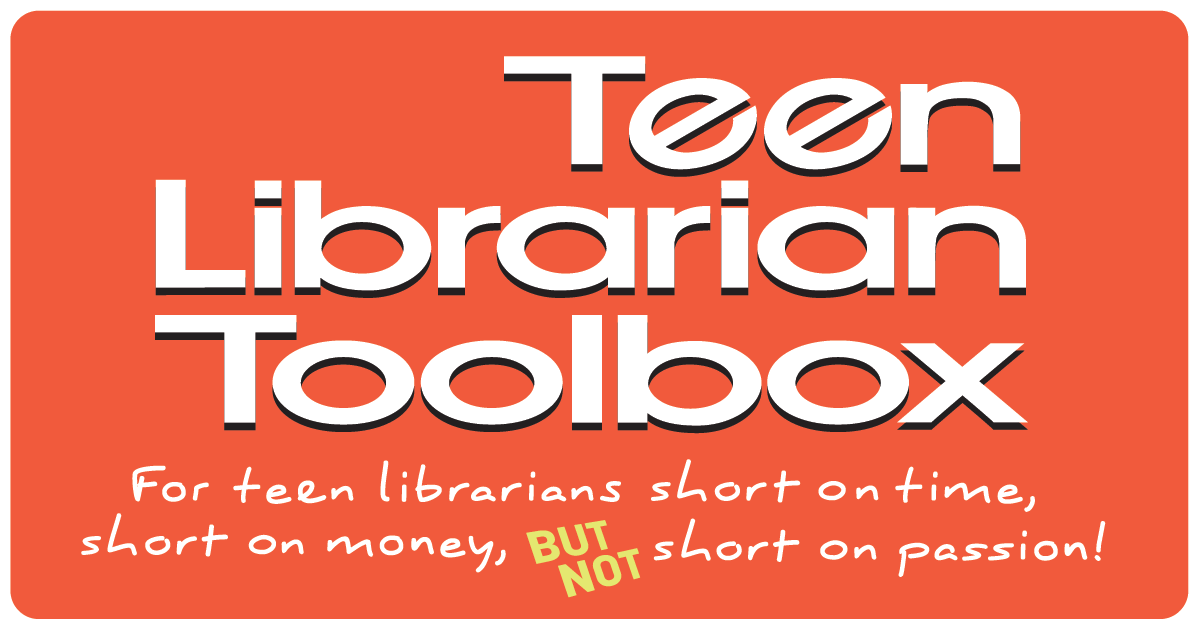MATH CAN’T SOLVE PERSONAL PROBLEMS … OR CAN IT? A guest post by Debra Green
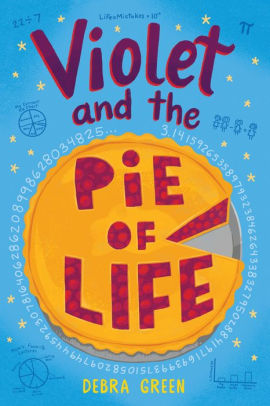
In the first line of Violet and the Pie of Life, my protagonist states her defining misbelief: “I knew my parents could solve most of their problems by applying simple math.” She adds that, for example, her mother should reduce her nags/compliments ratio, nagging much less and complimenting much more.
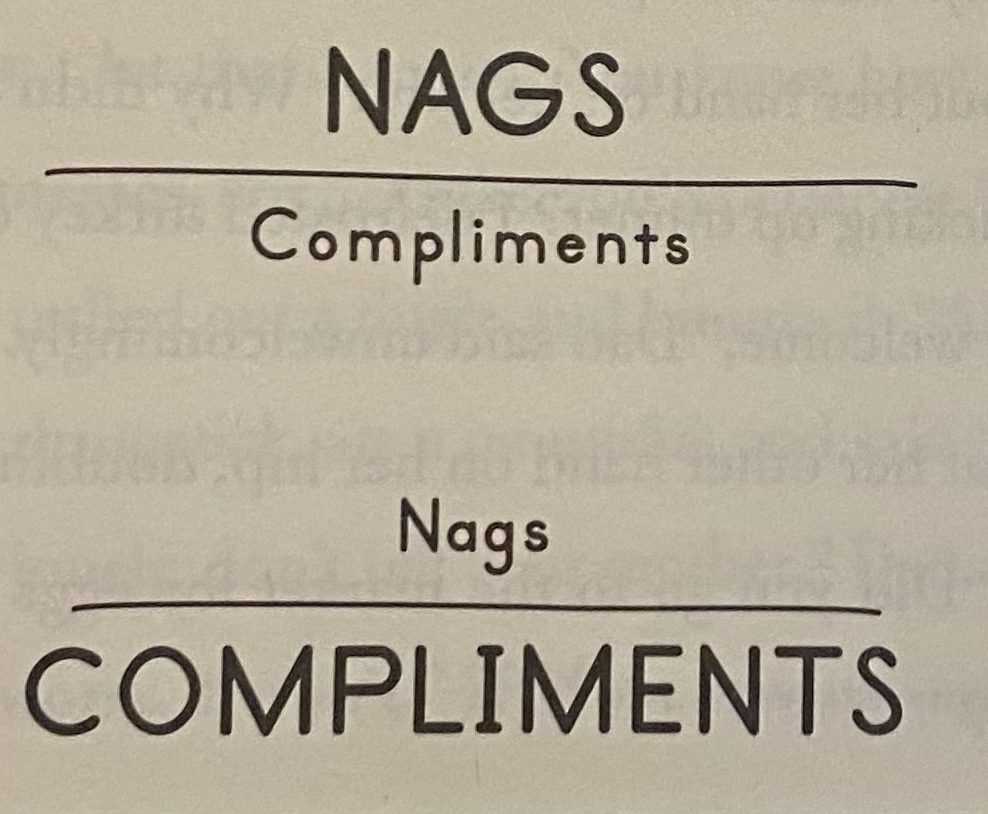
A defining misbelief, according to Lisa Cron’s excellent book Story Genius, is a conviction that has misguided the protagonist’s life. During the course of the novel, through character development, the protagonist will gradually realize the falsity of this conviction. Such character development is crucial, in novels and in life. As Albert Einstein said, “All that is valuable in human society depends upon the opportunity for development accorded the individual.”
ADVERTISEMENT
ADVERTISEMENT
In the opening line, “I knew my parents could solve most of their problems by applying simple math,” what exactly is Violet’s defining misbelief? That Violet can save her parents’ marriage, that math can cure personal problems, or both? I don’t want to spoil the ending I wrote, but here’s a hint: I’ve never liked the message in The Parent Trap that children who try hard enough can reunite their parents, and I agree with Einstein that a person should look for what is, and not for what they think should be.
The question of whether math can solve personal problems is complicated. Let’s calculate the solution in steps—mathematically, if you will. If the application of math cannot solve all of one’s problems, can it at least ease some of them? Yes.
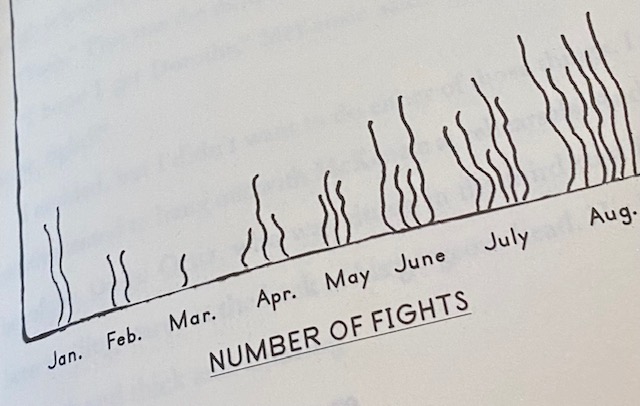
Math can prepare a person for life’s tribulations. After graphing each of her parents’ arguments over the past year, by both date and intensity, Violet observes in one awful graph that the arguments are becoming more frequent and forceful. She understands her parents’ marriage is more troubled than ever, so is not completely shocked when her father moves out.
Anyone who enjoys Rubik’s cubes, jigsaw puzzles, or knitting knows that math can comfort too. After her father leaves without much of a goodbye or forwarding address, Violet soothes herself with a flowchart about all the places he could be. Maybe, she thinks, he hasn’t actually deserted his family. He could be wandering the street with amnesia or trapped in a car with an angry deer.
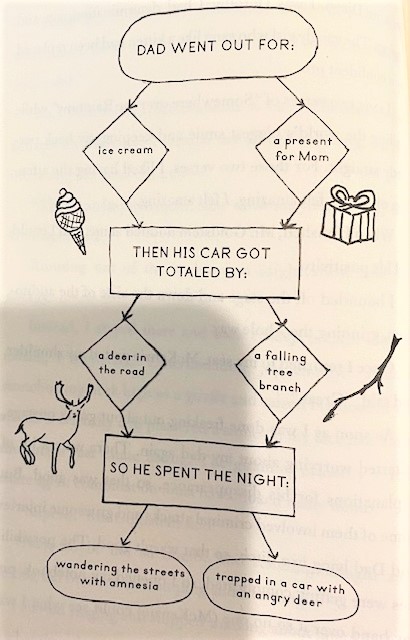
Math can help carb-counters, budgeters, and most other people strategize to improve their lives. Violet’s charts detail her plans to reunite her parents and to repair her relationship with her best friend. Although Violet’s friendship plan begins with only a vague, “Do something amazing,” it ends optimistically: “Everything would be solved.”
Math also can guide and clarify complex thoughts. A graph with “Level of choice to participate” on one axis, “Level of cooperation” on the other, and a line connecting the dots, demonstrates Violet’s belief: “The more choice you had in doing something, the more you cooperated.” A short equation shows: Amount of Harm x Wimpiness of Wrongdoer = Difficulty of Apology. Violet writes out another equation: Life = Mistakes x A Quadrillion.
Addition-ally (math pun intended), math can make life more romantic and fun. Yes, romantic and fun. For instance, Violet creates “wishful arithmetic” about her crush, writing yearnfully, “Violet + Diego = Sitting in a tree, k-i-s-s-i-n-g.” She also charts how the frequency of fake farts affects middle school popularity, differentiated by gender. Spoiler alert: Making fake fart sounds increases boys’ popularity and reduces the popularity of girls.
Math also can be difficult and uncertain. That is not a bad thing. As Einstein said, “The most beautiful experience we can have is the mysterious.” Divide 22 by 7 and you’ll get pi—not just a number but an “irrational” one. It goes on forever, infinitely, with no patterns and no repetitions. Violet is enamored with pi. Who wouldn’t be enamored by endless possibilities? Another mathematical tool Violet loves is a flowchart, which can present countless options and outcomes. Wonderful!
Returning to the beginning of the book and the beginning of this post: Can math solve life’s problems? Violet admits in the last chapter, “I shouldn’t have tried to solve my parents’ problems with math.” But in the next sentence she adds, “I should have solved my own problems with math.”
One may merely need to approach a problem in a different way. Violet states, “I’d focused on the subtraction and division of broken homes and fracture friendships, but I should have been thinking about the addition and multiplication of friends and growing relationships.”
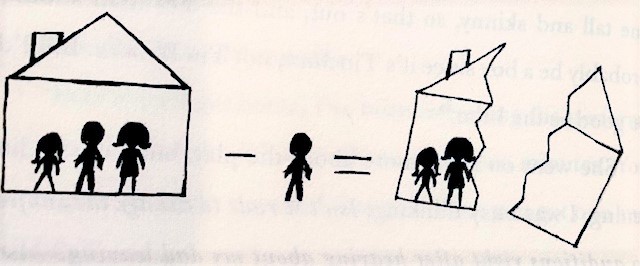
It may seem impossible to capture the complexities of life and relationships via graphs, charts, and equations. Violet states, “Relationships are much too complicated, even for a math genius.” Finally, she recognizes, “You can learn a lot about life from pie charts, but you can learn even more from people. The very best kind of pie chart is one filled with people.”
ADVERTISEMENT
ADVERTISEMENT
So can math solve personal problems? Does it solve Violet’s problems? I hope you’ll read my book to find out. But I’ll give you one more hint: Violet and the Pie of Life concludes with three pie charts filled with people. The final one is also filled with hearts.
Meet the author

Debra Green AKA D.L. Green AKA Debra Garfinkle is the author of 33 books for children and teens, including her new middle grade novel Violet and the Pie of Life, the Zeke Meeks chapter book series, and the Silver Pony Ranch chapter book series. Her books, mostly humorous, have been translated into eight languages. She lives in Southern California and loves speaking at libraries, schools, and conferences. Visit her at www.DebraLGreen.com
About Violet and the Pie of Life
There’s no golden ratio for a family, despite what number-crunching Violet might think.
Twelve-year-old Violet has two great loves in her life: math and pie. And she loves her parents, even though her mom never stops nagging and her dad can be unreliable. Mom plus Dad doesn’t equal perfection. Still, Violet knows her parents could solve their problems if they just applied simple math.
#1: Adjust the ratio of Mom’s nagging to her compliments.
#2: Multiply Dad’s funny stories by a factor of three.
#3: Add in romantic stuff wherever possible.
But when her dad walks out, Violet realizes that the odds do not look good. Why can’t her parents get along like popular, perfect Ally’s parents? Would it be better to have no dad at all, like her best friend, McKenzie? Violet is considering the data when she and Ally get cast in the school play, and McKenzie doesn’t—a probability that Violet never calculated. Maybe friendship and family have more variables than she thought.
Filled with warmth, math-y humor, and delicious pie, this heartfelt middle grade read is perfect for fans of The Miscalculations of Lightning Girl. Includes illustrated charts, graphs, and diagrams throughout.
ISBN-13: 9780823447558
Publisher: Holiday House
Publication date: 03/09/2021
Age Range: 8 – 12 Years
Filed under: Uncategorized
About Amanda MacGregor
Amanda MacGregor works in an elementary library, loves dogs, and can be found on Twitter @CiteSomething.
ADVERTISEMENT
ADVERTISEMENT
SLJ Blog Network
Name That LEGO Book Cover! (#53)
Cover Reveal and Q&A: The One and Only Googoosh with Azadeh Westergaard
Exclusive: Vol. 2 of The Weirn Books Is Coming in October | News
Fighting Public School Book Bans with the Civil Rights Act
ADVERTISEMENT

